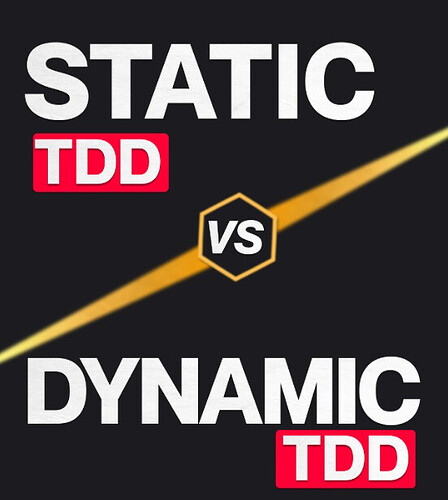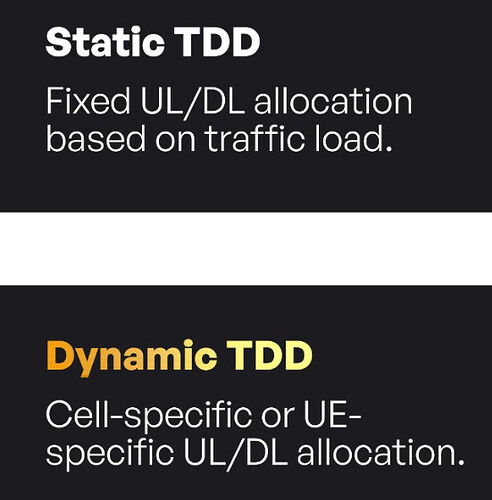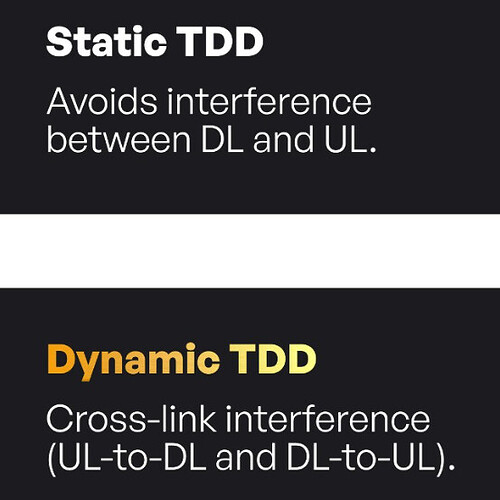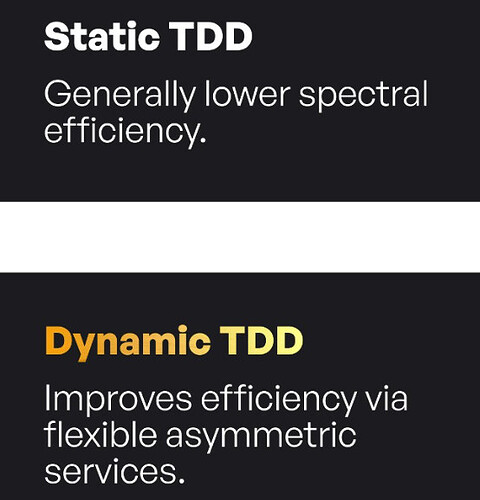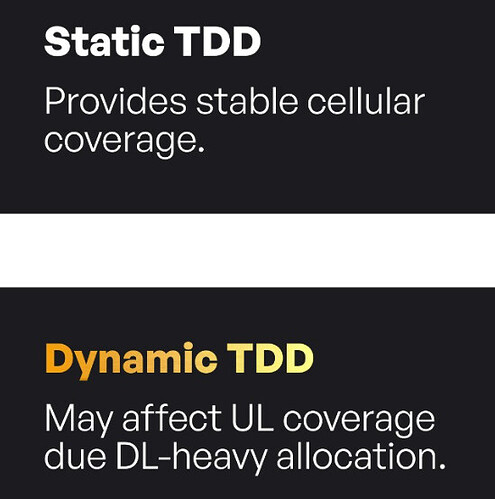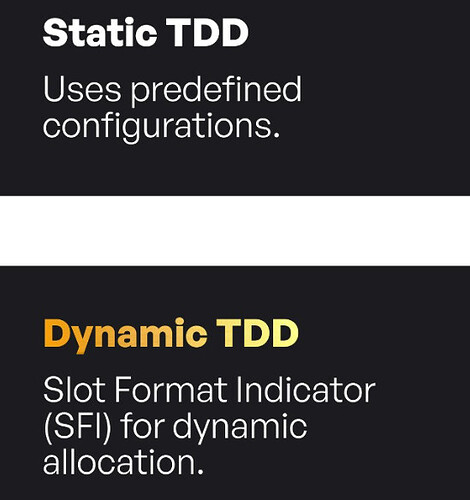Believe it or not, the best networks are not fixed.
That’s why flexibility is key in 5G.
Static TDD worked fine in 4G.
- It was predictable.
- It was steady.
- It was fixed.
But in 5G? Static just doesn’t cut it anymore.
5G demands real-time adaptability.
Users expect fast, seamless networks.
Not fixed, rigid setups.
Dynamic TDD, though, changes everything.
- It adapts to heavy data demands.
- It flexes based on live traffic.
- It’s built for the future.
Here’s why I think dynamic TDD wins:
It handles real-time traffic needs.
Cuts down on lag - key for fast connections.
Delivers a better experience for data-heavy apps.
Static TDD just doesn’t have this agility.
Latency is another big deal.
- For gaming, or smart factories, lag kills the experience.
Static TDD can’t reduce jitter like dynamic can.
Dynamic TDD makes 5G ultra-responsive.
5G needs high speed and low delay.
Dynamic TDD is the answer.
UL/DL allocation
Interference between DL and UL
Spectral Efficiency
Coverage
Configurations
Static vs. Dynamic TDD - Summary
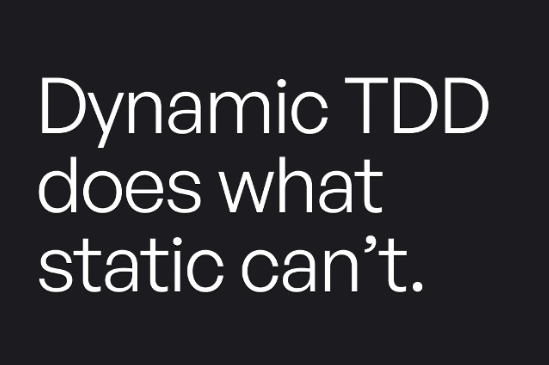
LinkedIn: ![]()
